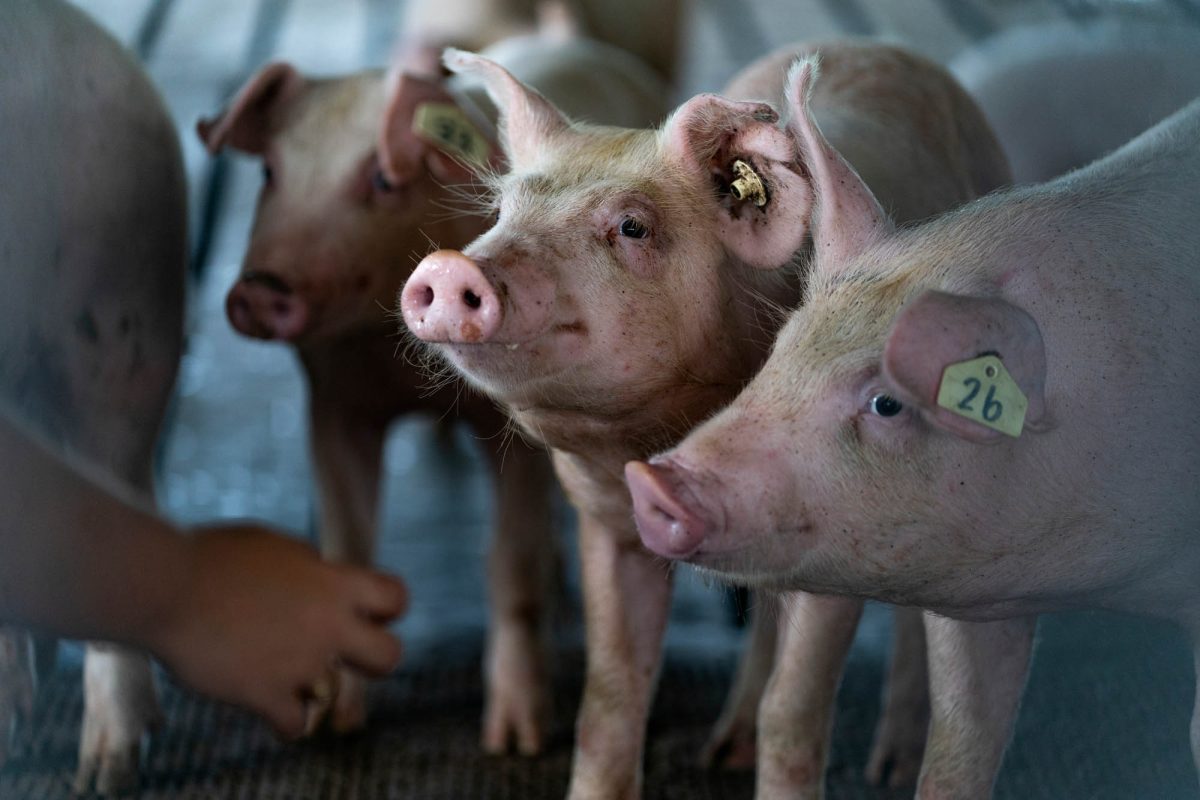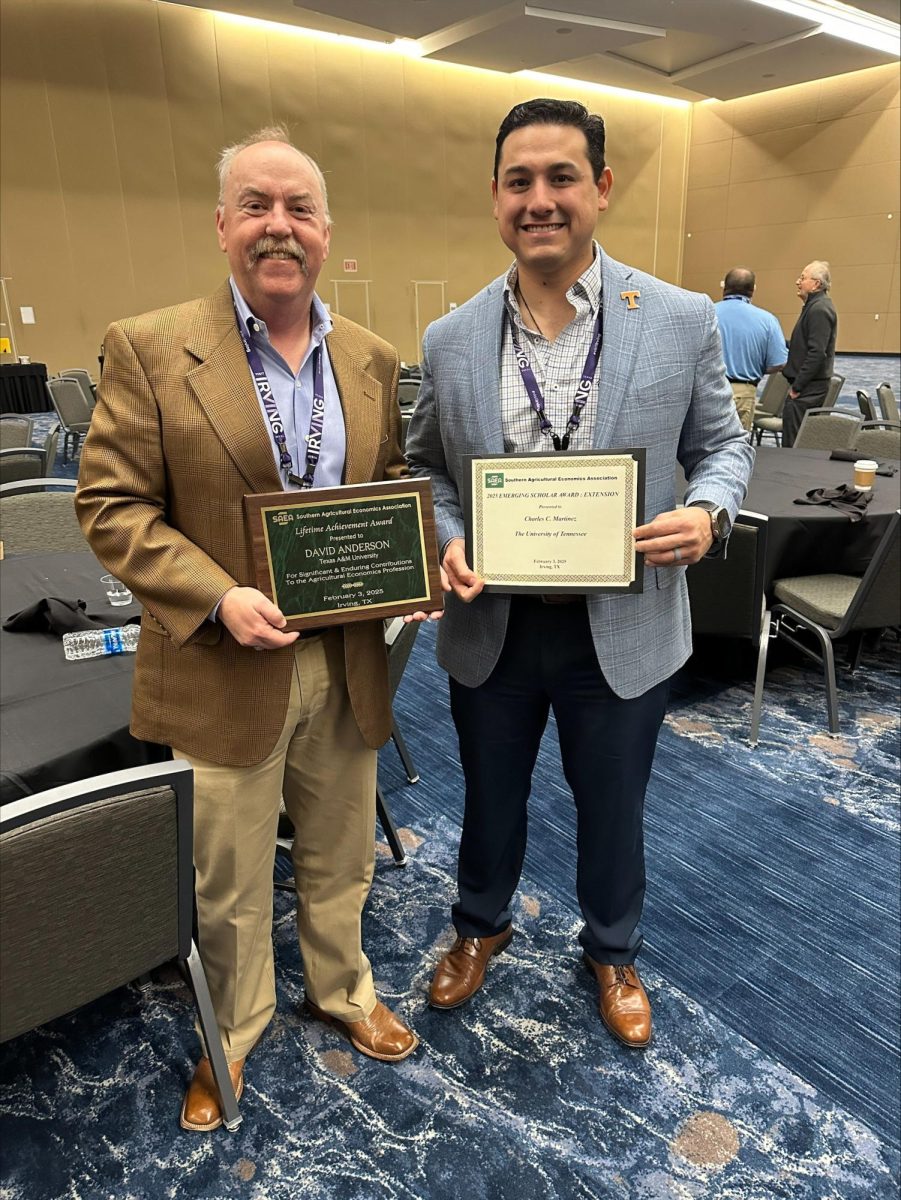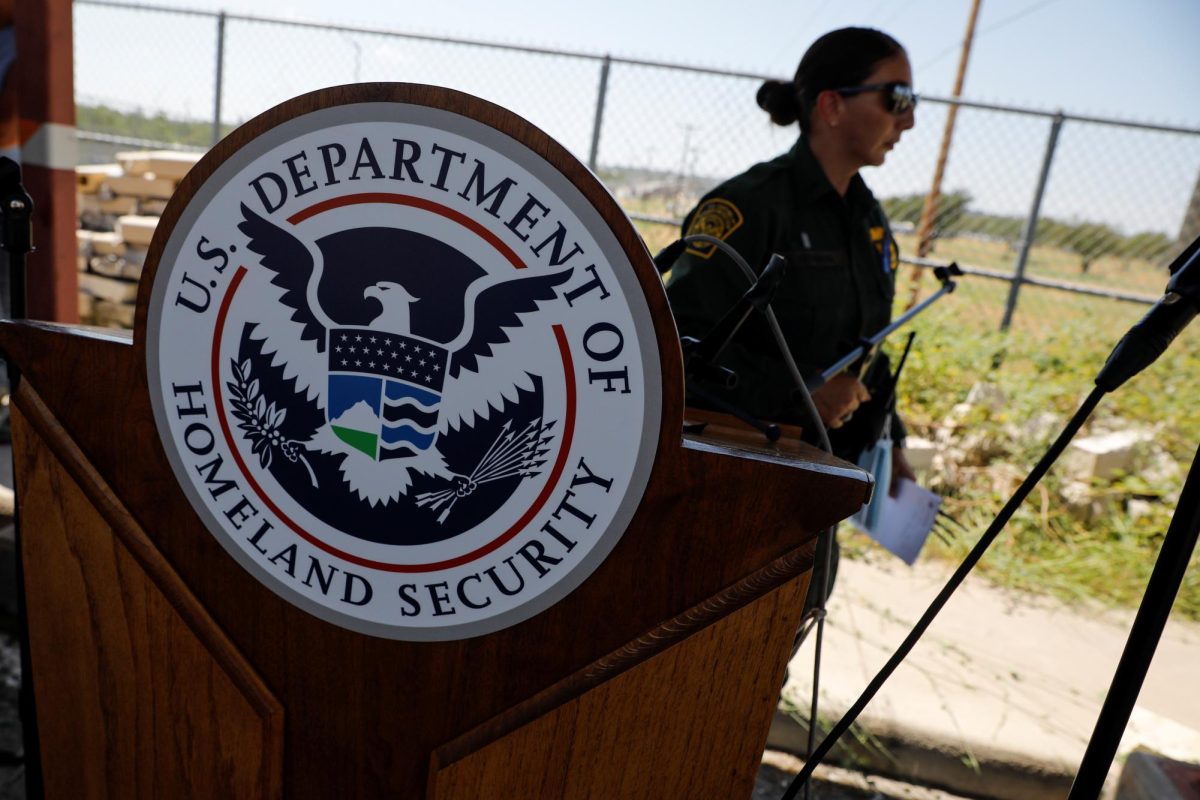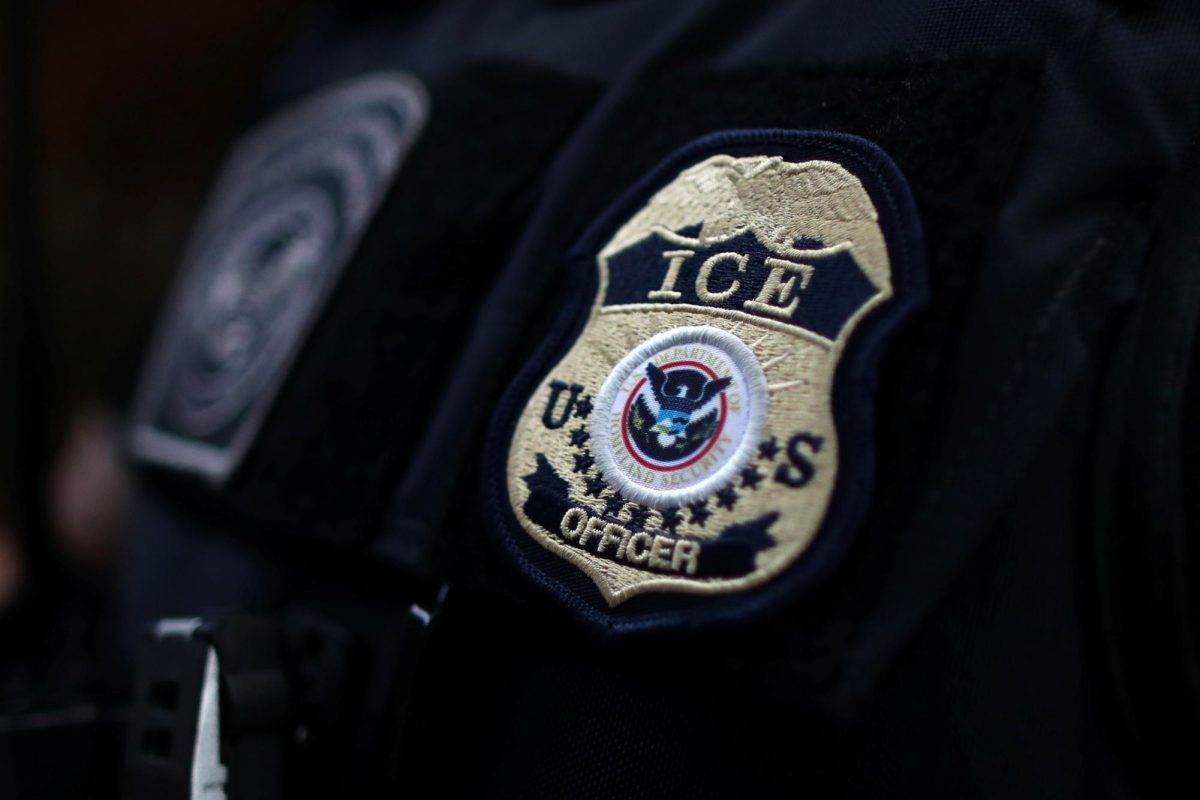A passenger jet slams into a skyscraper. Crowds flee from an avalanche of debris. Flame and smoke pour from the western side of the Pentagon. A crater smolders in a Pennsylvania field. Eleven years ago, these images played across television screens around the world, altering Americas national consciousness and political landscape.
After the attacks, the government enacted changes that immediately created new programs and policies.
At Texas A&Ms Bush School of Government and Public Service and newly acquired Center for Innovation, there has been a progression of teaching and research in response to the changing environment of national security after the terrorist attacks on Sept. 11.
We all know of the major governmental changes, such as the new Department of Homeland Security and parallel efforts in state and local government, said Sharon Caudle, Bush School professor and former staff member of the U.S. Government Accountability Offices. Not-for-profit organizations such as the American Red Cross, and the Salvation Army revamped and expanded their preparedness efforts.
Then-president George W. Bush put forth endeavors to increase national security through efforts such as reorganizing the intelligence community and changing the FBIs mission from simply prosecuting crimes to protecting the U.S. against attacks. Additionally, acts such as the Homeland Security Act, the Patriot Act and the Military Commissions Act were created.
Because of the funding required to operate these government initiatives, the post-9/11 circumstances have required Americans to weigh their priorities, according to Jasen Castillo, assistant professor at the Bush School.
[Sept. 11] created a large national effort to protect the American homeland from further attack, including a counterterrorism campaign abroad, Castillo said. These steps have forced us to ask how we plan to balance our individual liberties with the governments desire to bolster homeland security. How we achieve this balance remains an open question.
M. Sam Mannan, a professor in the Department of Chemical Engineering, said our nations universities are joining the government to increase national and international security.
With regard to research and education, our nations universities and national laboratories are playing a significant role, Mannan said. There are education programs preparing our graduates for careers in homeland security. With regard to research, there is increasing effort to develop technologies and know-how with regard to homeland security.
A&Ms Bush School is considered one of these institutions, through its advancement not only in research, but also in training students to better handle the rising threats of the world.
Jim Olson, senior lecturer at the Bush School said the motivation behind the schools preparation of these future leaders reflects the international environment.
The Bush Schools Masters Program in International Affairs prepares young men and women for careers in intelligence, diplomacy, counterterrorism, and other aspects of national security, Olson said. Our curriculum has evolved and grown to reflect the changed international threat environment. We need our best students to come forward and to serve in these careers.
In addition to the Bush Schools training, A&Ms Center for Innovation serves to preserve national security through its protection against widespread diseases, as well as those that could be used by terrorists.
Due to its notorious quality of research since 2005, the Center of Innovation was one of three centers commissioned by President Barack Obama in June to equip experts to properly react in the case of a national epidemic.
Brett Giroir, the vice chancellor for the Texas A&M System and principal investigator for the Center of Innovation, said the Sept. 11 attacks demonstrated that the U.S. is vulnerable.
Giroir said because of these circumstances, the American people and scientists working at the Center for Innovation were motivated to actively participate in the solution to international threats.
While Sept. 11 had international repercussions, it has also hit home with Aggies on the A&M campus.
Kelly Lutz, senior communication major, remembers her familys fear for her uncles life, as he was a fire fighter with the Rescue 2 team in New York City at the time of the attacks.
As soon as he heard about the attacks on the twin towers, Lutzs uncle got on his motorcycle and rushed to help victims of the attacks. Her uncle, Bill Eisengrein, was one of the three men pictured raising an American flag over the rubble in one of the more iconic photos from that day.
My family was not able to have any contact with him for a few days, Lutz said. The first contact we had with him was in fact the publishing of that picture in the newspaper. We were shocked.
Lutz said her uncles story is important to her family as they look back on that day and how it seemed to affect everyone.
That day was sad for everyone, but it was comforting to see how everyone came together so quickly to help out and react to this horrible event, Lutz said. The raising of the flag that day was a symbol of our country and our peoples camaraderie.
11 years later
September 11, 2012
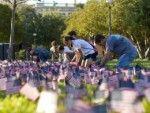
0
Donate to The Battalion
$2790
$5000
Contributed
Our Goal
Your donation will support the student journalists of Texas A&M University - College Station. Your contribution will allow us to purchase equipment and cover our annual website hosting costs, in addition to paying freelance staffers for their work, travel costs for coverage and more!
More to Discover




